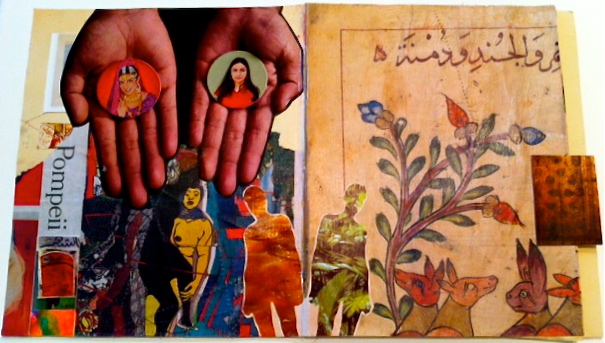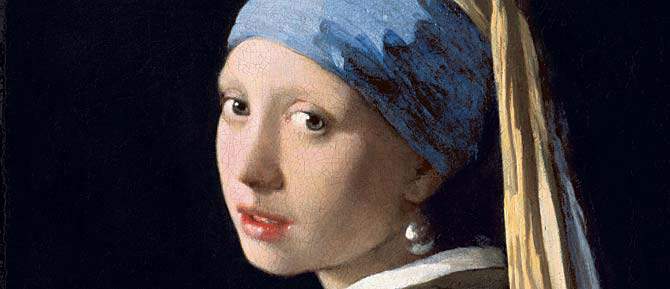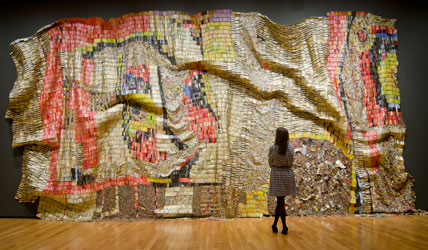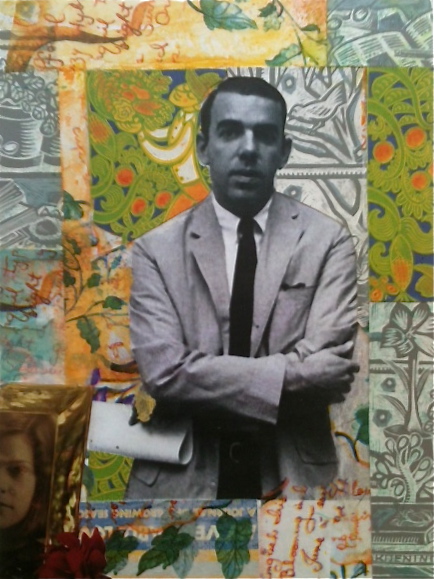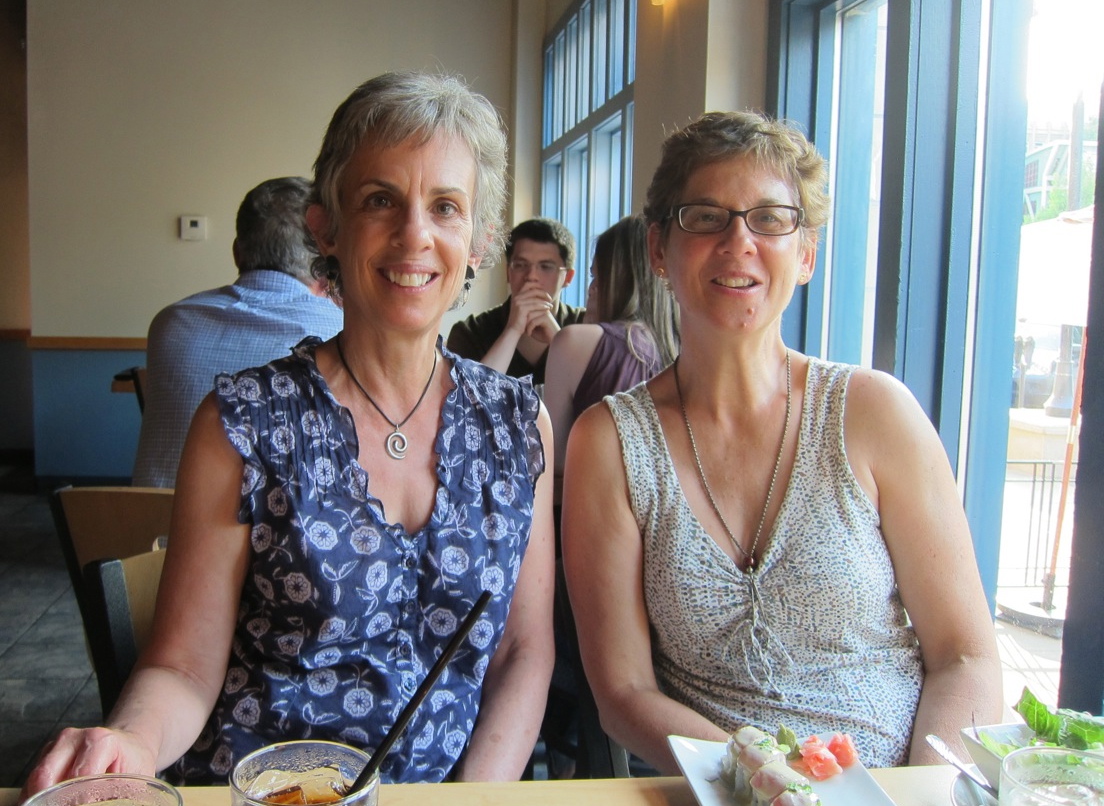"Even after they are cut down, a sprout may be taken from them and planted in another place, and they begin to grow again." —Mishna
Like a lot of people I know, I've been searching for meaning among the rubble of recent events; both inside our country and out of it.
Though it is easier but necessary, to critique what is going wrong in our schools, our homes, and our countries, I wanted to stretch a little and find a project which contributes to the good in a small but meaningful way.
It began with an idea from my friend, Beth Rommel, who wanted begin the new year with something positive, something with art, something with others.
In collaboration with Gretchen Miller and myself, we concocted Pocket Change, hosted by 6 Degrees of Creativity.
Pocket Change’s intention is to focus on the concept of creating change through making something small (in the form of artist trading cards) to exchange with one another, as well as to encourage simple acts of creative kindness with others.
I decided to try out making a few of the cards. They were fun to create--simple, without encumbrance. They remind me of mandarin oranges. You pick one up, peel it and pop it whole, or in a few sections, into your mouth and suck out the sweetness.
 Pocket Change is all about how simple and small acts can create and instill kindness, gratitude, and change. Think about the power of your mini artworks as a means to express and share a positive image, message, or intention with others (and the world!) that can make a difference, bring hope, or inspiration.
Pocket Change is all about how simple and small acts can create and instill kindness, gratitude, and change. Think about the power of your mini artworks as a means to express and share a positive image, message, or intention with others (and the world!) that can make a difference, bring hope, or inspiration.
-Gretchen Miller
It reminds me of the Mindful Studio Practice that I offered as part of 6 Degrees of Creativity 2. The beauty of making artist trading cards is the opportunity for quiet moments in which your imagination can stretch.
But wait, there's more: the added bonus of sending these miniatures off so that someone else will benefit from your practice.
Please join us for some pocket size creative goodness and kindness to share with one another and others! The deadline to sign up for the ATC exchange is January 15. Learn more about the exchange details and how to get involved on the 6 Degrees of Creativity blog.




